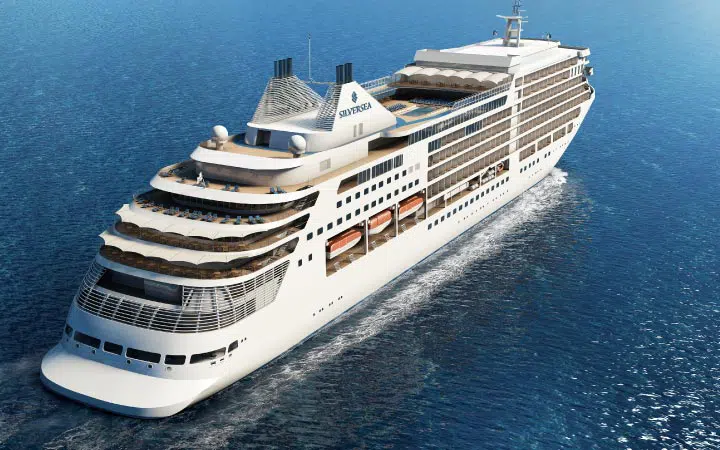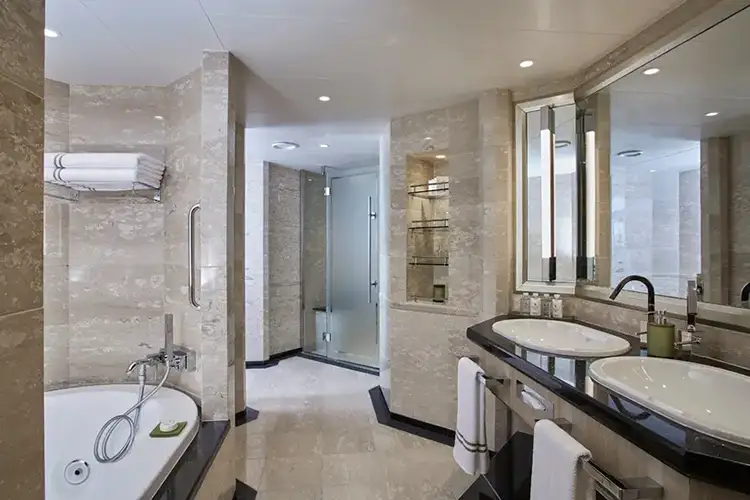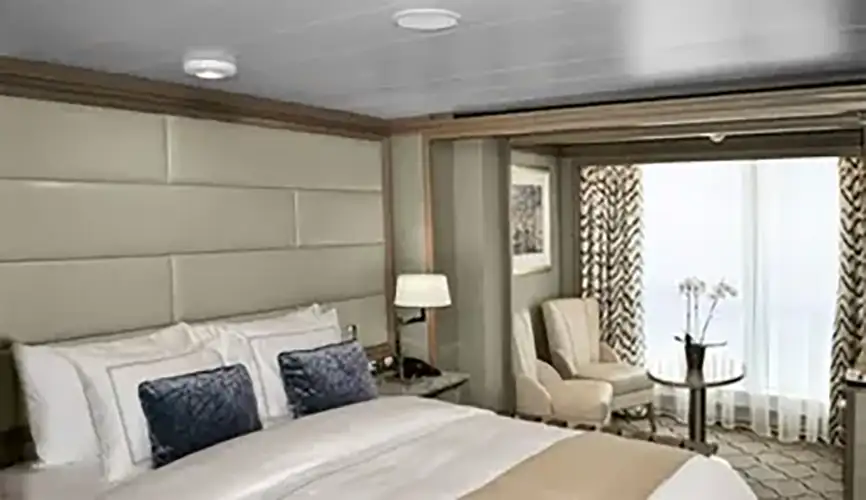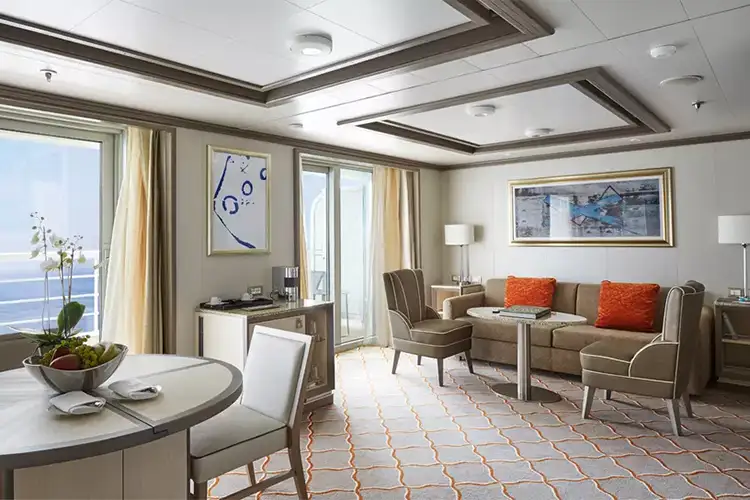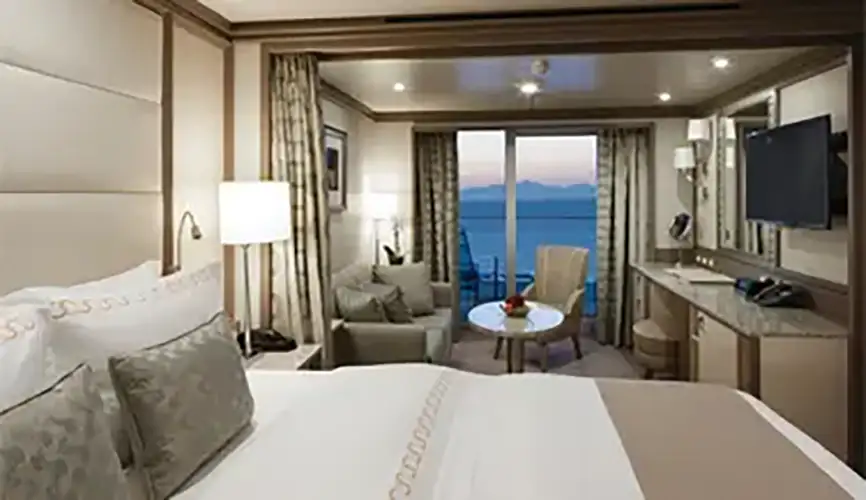Silversea Northern Europe: 12 nights from Lisbon with Silver Dawn
May 12, 2027
Portugal, Spain, France, United Kingdom, Ireland
Cruise itinerary
Departure Port: Lisbon ➞
Landing: Belfast
-
Wednesday, May 12, 2027 - 7:00 PMLisbon
-
Thursday, May 13, 2027 9:00 AM - 11:00 PMOporto
-
Friday, May 14, 2027Navigation
-
Saturday, May 15, 2027 8:00 AM - 11:00 PMSantander
-
Sunday, May 16, 2027 8:00 AM - 6:00 PMSan Sebastian
-
Monday, May 17, 2027 10:00 AM - not foundBordeaux
-
Tuesday, May 18, 2027 not found - 7:00 PMBordeaux
-
Wednesday, May 19, 2027Navigation
-
Thursday, May 20, 2027 8:00 AM - 6:00 PMFalmouth
-
Friday, May 21, 2027 8:00 AM - 7:00 PMCobh
-
Saturday, May 22, 2027 8:00 AM - 10:00 PMDún Laoghaire
-
Sunday, May 23, 2027 8:00 AM - 7:00 PMHolyhead
-
Monday, May 24, 2027 7:00 AMBelfast
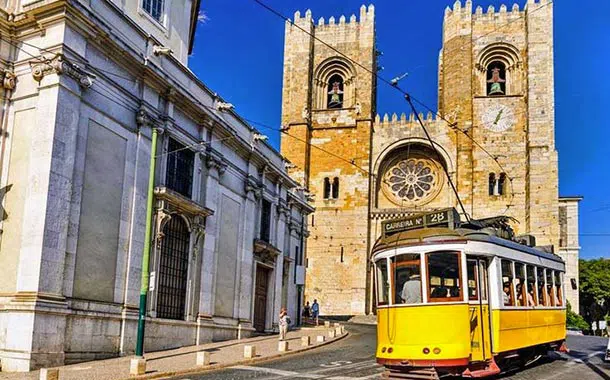
Lisbon
Perched on steep slopes overlooking the Tagus River, Lisbon offers all the pleasures you'd expect from Portugal's main attraction.
The capital of Portugal, Lisbon (in Portuguese Lisboa) has experienced a great rebirth in recent years, with a lively and flourishing contemporary culture. Perched on the coast of the Atlantic Ocean, Lisbon is one of the rare European cities that face the ocean and use water as an element that defines the city. Lisbon enchants travelers with its white limestone buildings, intimate alleys and an ancient charm that makes it a popular destination all year round.
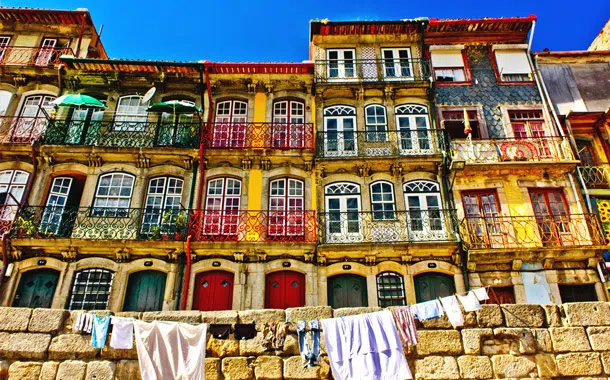
Oporto
At the mouth of the Rio Douro, the hilly city of Porto presents a mix of styles, eras and attitudes: narrow medieval alleys, extravagant Baroque churches, small squares and wide avenues, flanked by stately buildings.
The heart of Oporto is the Ribeira district, an area declared a UNESCO World Heritage Site made up of winding alleys, zigzagging stairs and churches on every corner, village-style squares and old merchants' houses where Roman ruins are hidden under the foundations. In the last two decades Porto has undergone a remarkable rebirth – which is expressed in the buzz of its efficient metro system and the shimmering of some ambitious urban renewal projects. The crowning of the city's glories are the two latest masterpieces, Museu de Arte Contemporânea by Álvaro Siza Vieira and the 'Casa da Música, which have transformed the city into a place of pilgrimage for architecture enthusiasts.
The Dom Luís I bridge an audacious iron arch, which crosses the Douro river, is impressive and not to be missed. It was built by the Belgian engineer Théophile Seyrig, for road traffic. Since 2003 the upper level has been used exclusively by the city's metro trams.
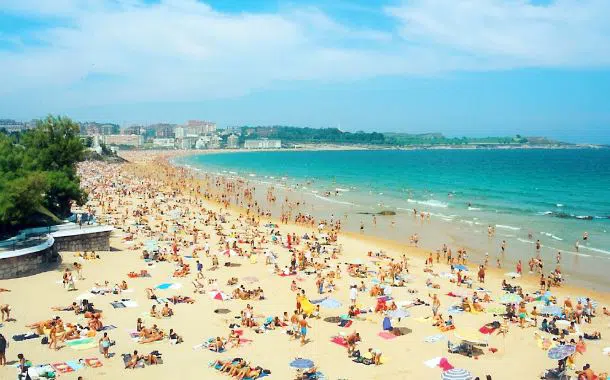
Santander
Santander is a Spanish port city, capital of Cantabria, located on the northern coast of the Iberian Peninsula. It is a welcoming and quiet coastal city, which became the main port for the export of Castilian wool from the seventeenth century.
The city is organized around a large natural harbor, originally used by the Roman Empire. The landscape environment is privileged by large green spaces and beautiful beaches widely crowded in summer, but practically deserted in the early days of the summer season (May and June), not far from the areas of Mataleñas, Sardinero and the Magdalena, where Alfonso XII of Bourbon, King of Spain, owned his summer residence.
Santander has preserved little of its historic center. Destroyed in 1941, caused by a fire that ruined a large portion of the territory, it was rebuilt thanks to an urban renewal process that changed a main part of the city's architecture.
The town has a great tradition and cultural activity, with important events that play a fundamental role in the patrimonial and social life of the city. The cuisine, in this country, is mainly based on fish. It offers a superb selection of seafood giving it great prestige throughout the peninsula.
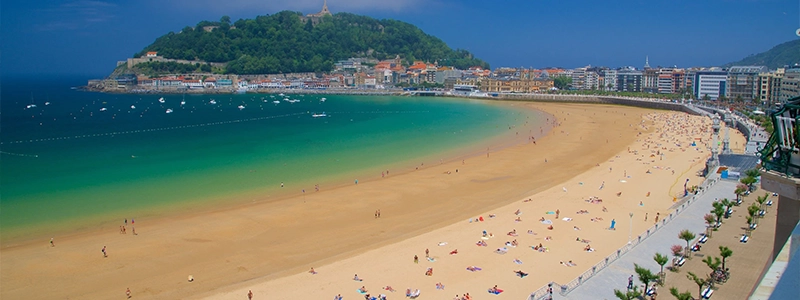
San Sebastian
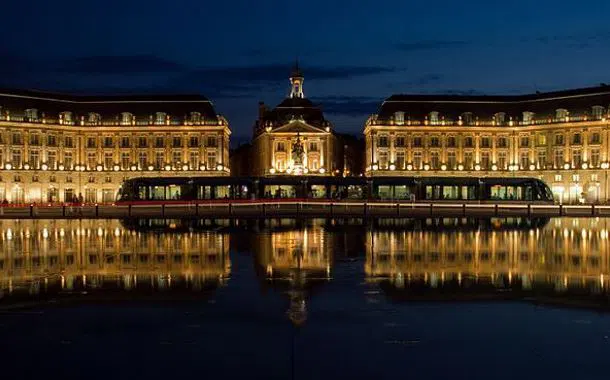
Bordeaux
Bordeaux is city on the Atlantic Ocean and its port hosts big ships. The city had initially the name Burdigala and was established in III Century B.C. by the Gallic people.
It was a neuralgic centre for the International commerce of tin and lead. After the arrival of the Romans, Bordeaux becomes one of the richest cities of Gallia and is robbed many times by populations such as Visigoths and Vandals. With the passing of time, the City starts economic relationships with England trading in salt and wine and, in XVI Century, also the colonial sugar and slaves start having a leading role in the sustenance of the city.
Bordeaux has a liveable city centre that can be visited by foot and that offers beautiful attractions and energy. At night, the city get crowded with young people filling up the main squares and the bars where you can taste excellent wines and plunge in the romantic atmosphere that the city assumes after the sunset. You can’t miss out Château de la Brède, a gothic style castle dated back to XIV Century, surrounded by a moat and an English garden. The philosopher Montesquieu lived here and tourists can visit his library and his bedroom that are just like they were in XIX Century.
We suggest to visit also the beautiful Saint Eloi Church. Established in XII Century, the construction and renovation works lasted until 1400’s. The current structure is dated back to this period. The church is one of the stop-overs of Santiago de Compostela walking tour and is part of UNESCO World Heritage. Bordeaux offers a wide variety of gastronomic and wine choices. There are many restaurants and bars where you can taste the best wines on the market and an amazing cuisine.

Bordeaux
Bordeaux is city on the Atlantic Ocean and its port hosts big ships. The city had initially the name Burdigala and was established in III Century B.C. by the Gallic people.
It was a neuralgic centre for the International commerce of tin and lead. After the arrival of the Romans, Bordeaux becomes one of the richest cities of Gallia and is robbed many times by populations such as Visigoths and Vandals. With the passing of time, the City starts economic relationships with England trading in salt and wine and, in XVI Century, also the colonial sugar and slaves start having a leading role in the sustenance of the city.
Bordeaux has a liveable city centre that can be visited by foot and that offers beautiful attractions and energy. At night, the city get crowded with young people filling up the main squares and the bars where you can taste excellent wines and plunge in the romantic atmosphere that the city assumes after the sunset. You can’t miss out Château de la Brède, a gothic style castle dated back to XIV Century, surrounded by a moat and an English garden. The philosopher Montesquieu lived here and tourists can visit his library and his bedroom that are just like they were in XIX Century.
We suggest to visit also the beautiful Saint Eloi Church. Established in XII Century, the construction and renovation works lasted until 1400’s. The current structure is dated back to this period. The church is one of the stop-overs of Santiago de Compostela walking tour and is part of UNESCO World Heritage. Bordeaux offers a wide variety of gastronomic and wine choices. There are many restaurants and bars where you can taste the best wines on the market and an amazing cuisine.
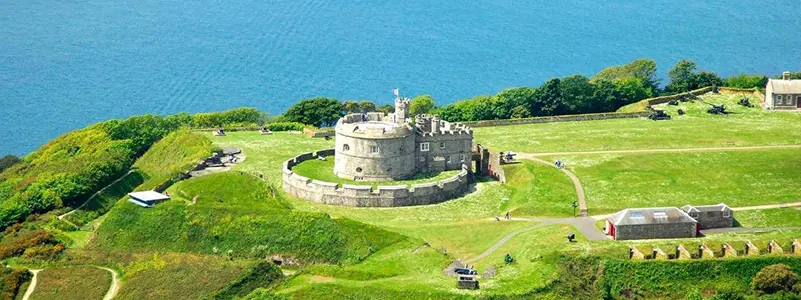
Falmouth
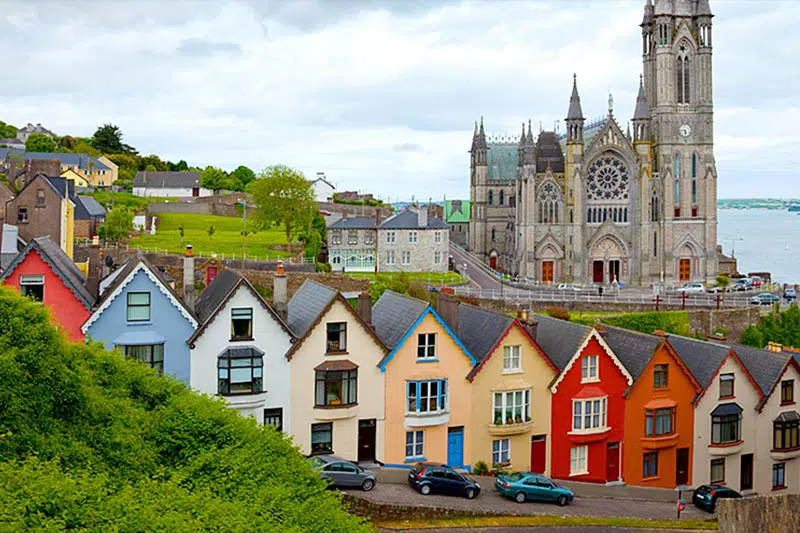
Cobh
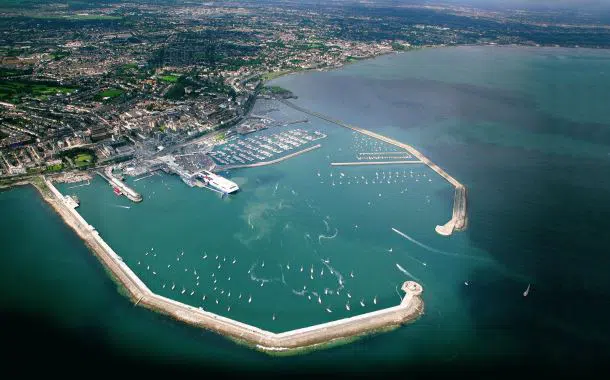
Dún Laoghaire
Irish Adventures Begin in Dún Laoghaire!Embark on a delightful cruise from Dún Laoghaire, a charming coastal town just outside Dublin, Ireland. This picturesque harbor offers a serene and elegant departure point for exploring the emerald isle's rich history and stunning coastline, or for voyages further afield. Experience the warmth of Irish hospitality and the beauty of its seaside charm before setting sail on an adventure filled with cultural discovery and breathtaking landscapes.
Dún Laoghaire (IPA: [duːn ˈɫeːrʲə], anglicized Dunleary) formerly Kingstown, is an Irish seaside town and a ferry port located about 12 km south of Dublin, and is the administrative center of the county of Dún Laoghaire-Rathdown. Dún Laoghaire is connected to central Dublin by the DART suburban railway, by a frequent bus service and has a sea link with Holyhead in Anglesey (Wales).
Holyhead
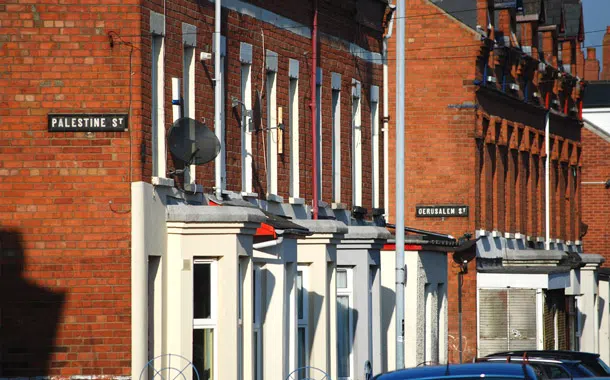
Belfast
Belfast has grown to become a cosmopolitan and attractive city, so much so that it has become a very popular and cool destination for European tourism.
Belfast offers the frenetic pace of the British capital, providing a gateway to the deep countryside of Northern Ireland. With feelings of optimism and life pulsing through the city, Belfast makes itself exciting and intense for the tourist. It has never been easier to tour the city, thanks to a series of buses, taxis, and boats available and, of course, the pedestrian option. Don't miss the Ulster Folk Museum and Belfast Cathedral, be sure to try some of the award-winning restaurants, bars, clubs, galleries, and theaters. Also known thanks to its numerous monuments, the city also contains a series of Victorian and Edwardian buildings. Ulster Bank, built in 1860 and the Northern Bank, founded in 1769, were built from large representative buildings from these architectural styles. Spectacular and unique beauty of the Antrim coast, flanked by cliffs, not to mention the Giants Causeway, its peculiarity will remain forever etched in your memories. A couple of hours away, you can admire attractions such as the Giant's Causeway, stroll through the Mourne mountains or fish in Fermanagh. This metropolis is the ideal place to discover what remains of Northern Ireland! Belfast's industrial heritage, the birthplace of the Titanic, has designed a place rich in culture. The splendid exhibitions of the Ulster Museum and Culturlann reveal the best heritage of the place, where you can learn about its history. Located on the slopes of Cave Hill, 120 m above sea level, is the imposing Belfast Castle. If you visit the city with children, don't miss W5, a large interactive museum with interesting exhibits. And in summer the best places to relax outdoors are Sir Thomas, Lady Dixon Park, or Cave Hill Country Park. Its historic center is definitely the ideal place to go shopping, sip a cocktail in the various bars and clubs in the area. Rich in attractions for all tastes and all ages.
